In today's fast-paced world, with a myriad of cultures and traditions intermingling, understanding, and appreciating diverse cultures is not just a luxury, but a necessity. The essence of any culture is deeply rooted in its history, rituals, beliefs, and the stories its people tell. However, diving deep into another culture can be challenging, especially when there's a plethora of information to sift through. Enter large language models like ChatGPT.
Personal Experience: The Bengali Durga Puja
Let me recount a personal experience. I've been married to a wonderful Bengali woman for a decade. While I've always participated in Durga Puja festivities, the cultural nuances often eluded me. This year, armed with ChatGPT, things took a turn for the enlightening.
Instead of being a mere observer, I actively delved into the many aspects of Bengali culture during Durga Puja. From understanding the myriad forms of Durga and the intricate stories behind each idol at the pandal, to grasping the historical significance of various rituals, ChatGPT was my guiding light. And, of course, the ever-entertaining debate on whether biryani should include aloo (potato) or not was just the cherry on top.
A Revelatory Experience in Silchar
During a visit to a puja near Silchar, Assam, I stumbled upon an intriguing sight: multiple sections dedicated to different avatars of Durga. Curiosity piqued, I turned to my local friends, seeking to unravel the significance behind these varied manifestations. To my surprise, while they recognized the names of these avatars, the deeper meanings and stories eluded them.
It was at this juncture that I consulted ChatGPT, hoping for clarity. The model not only shed light on the nuances of each avatar but also provided a rich tapestry of lore and significance that accompanied them. My friends and I were collectively enlightened. While they could previously identify the names of these avatars, the detailed stories and meanings were revelations. It was a testament to how technology can not only bridge gaps in cultural knowledge for outsiders but also help locals reconnect with and deepen their understanding of their own rich traditions.
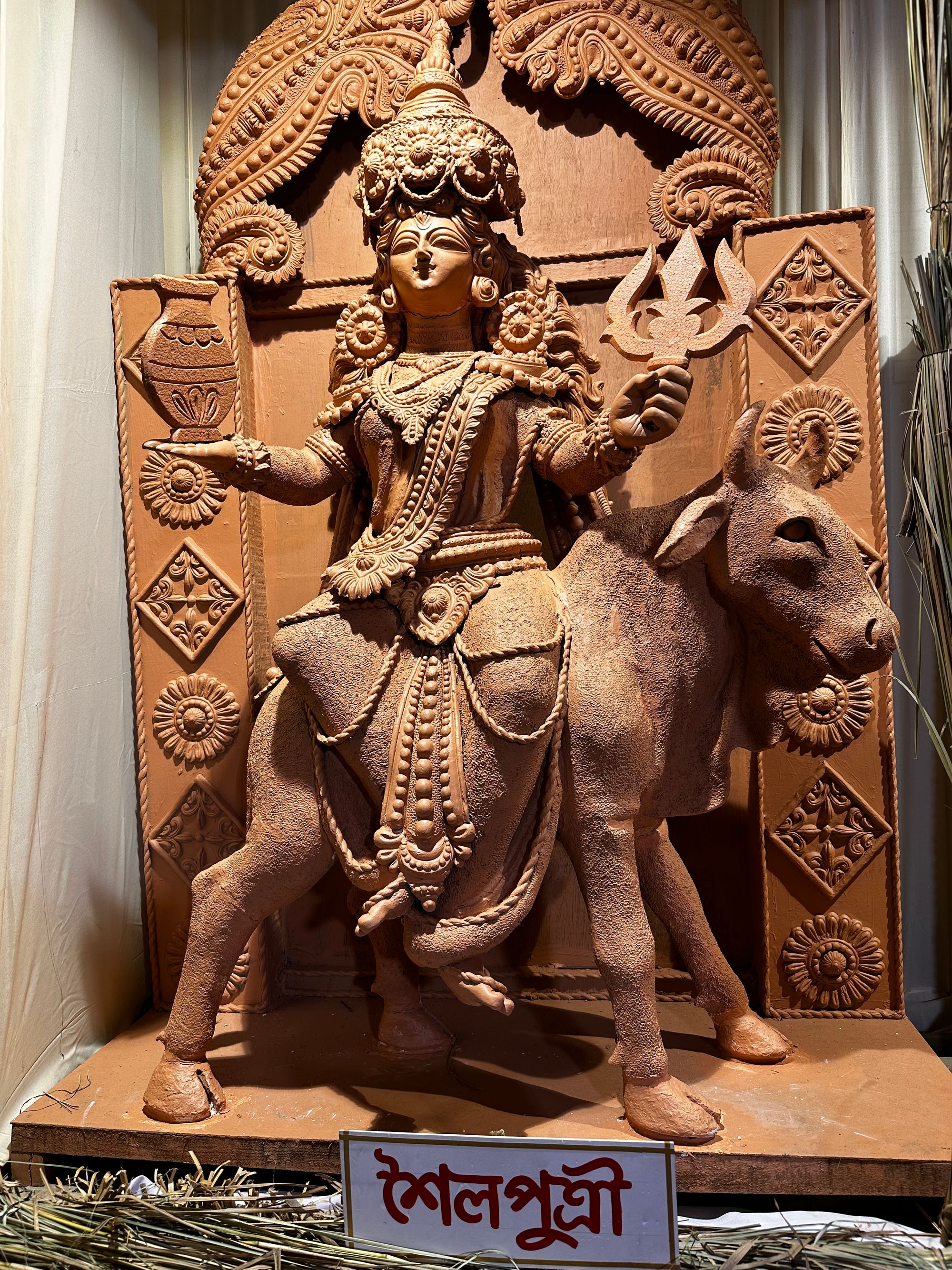
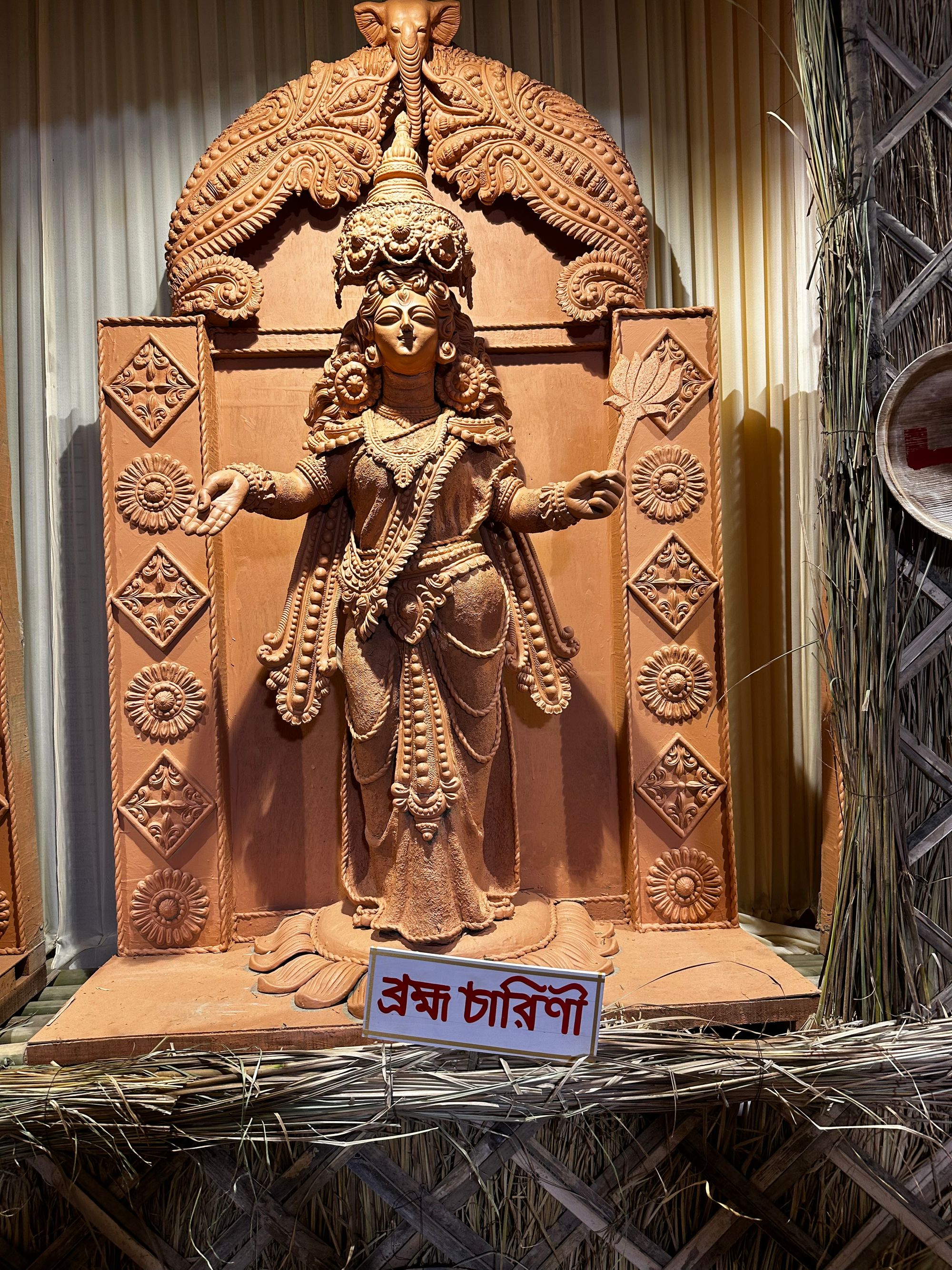
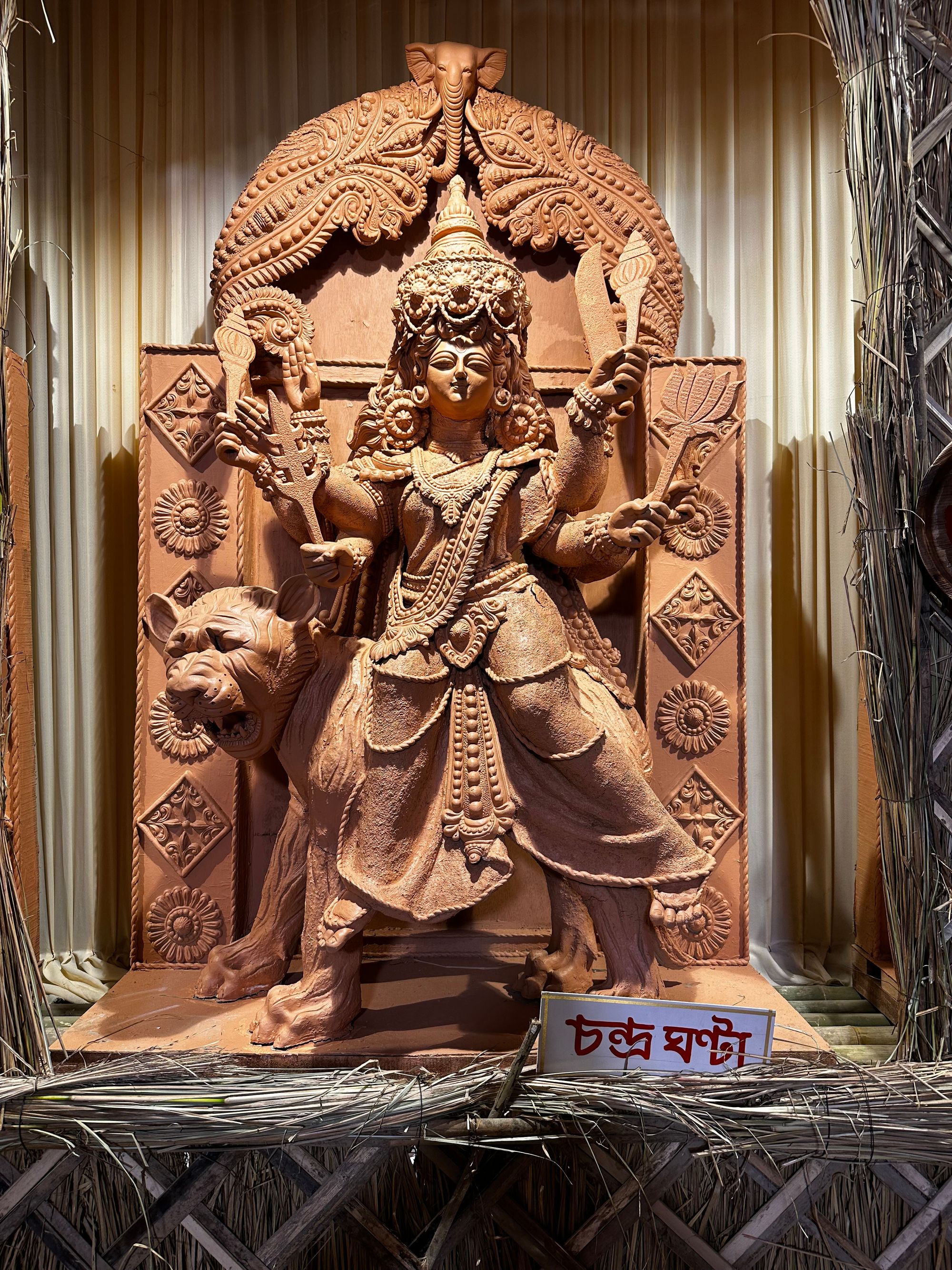
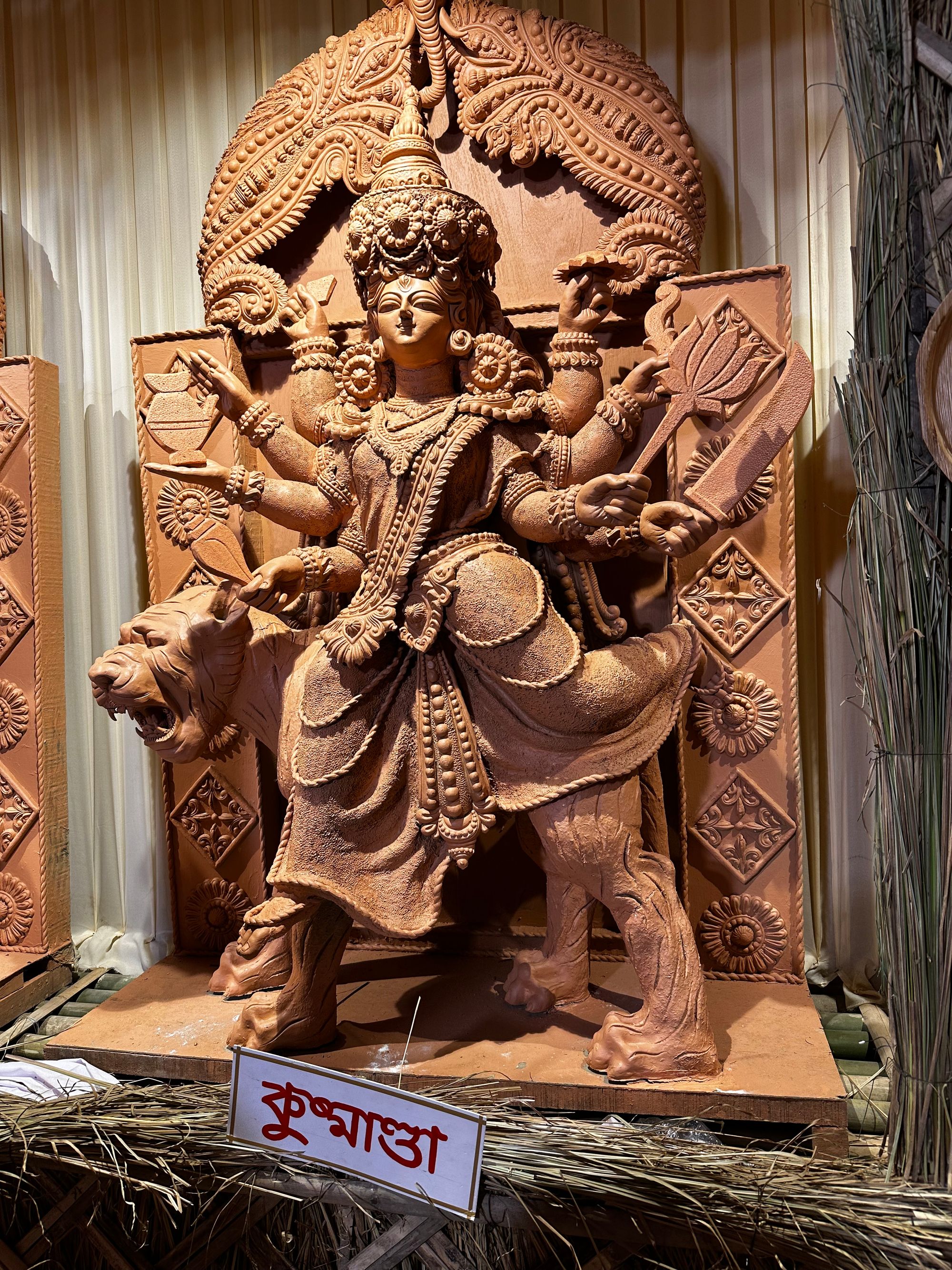
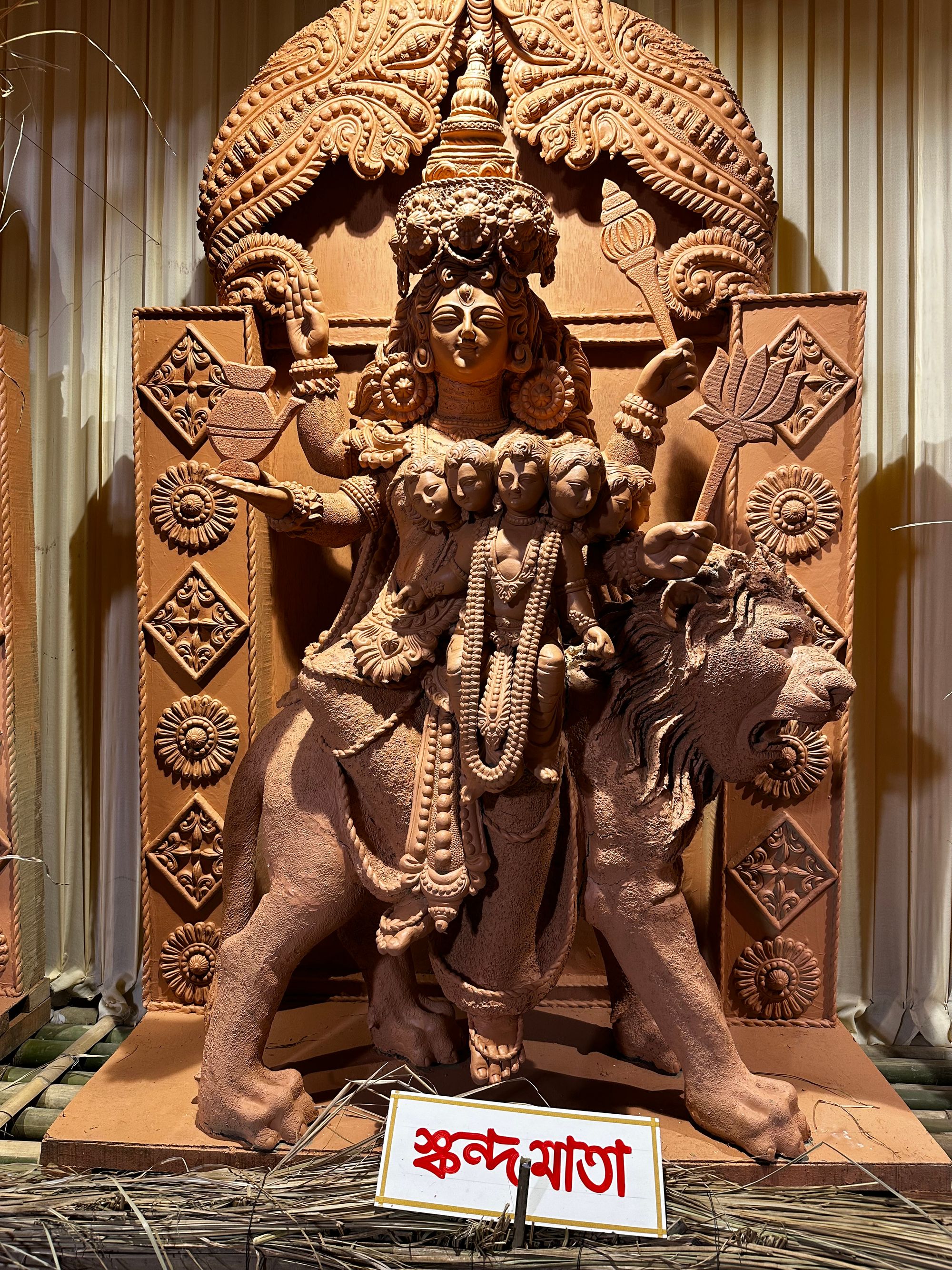
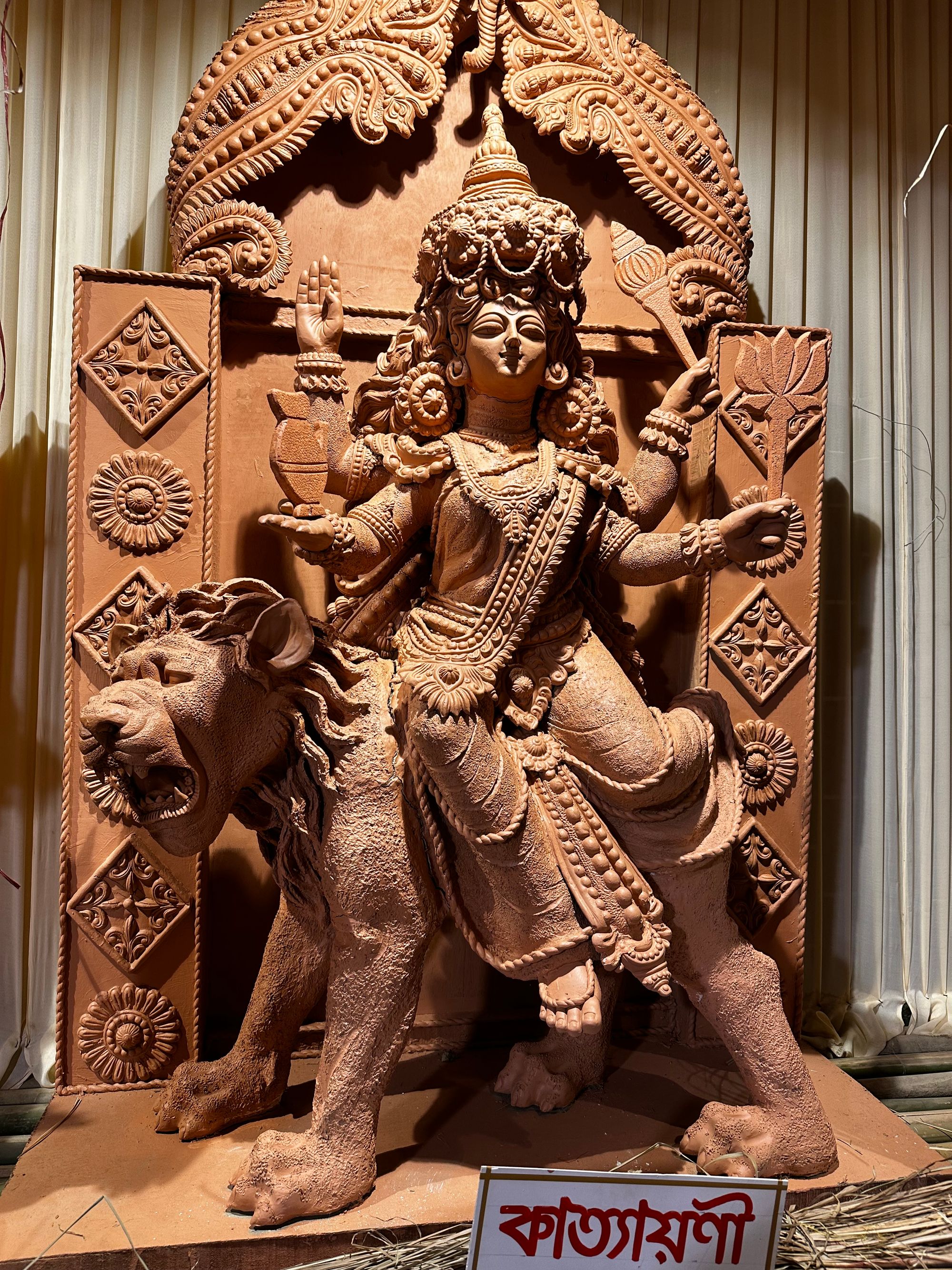
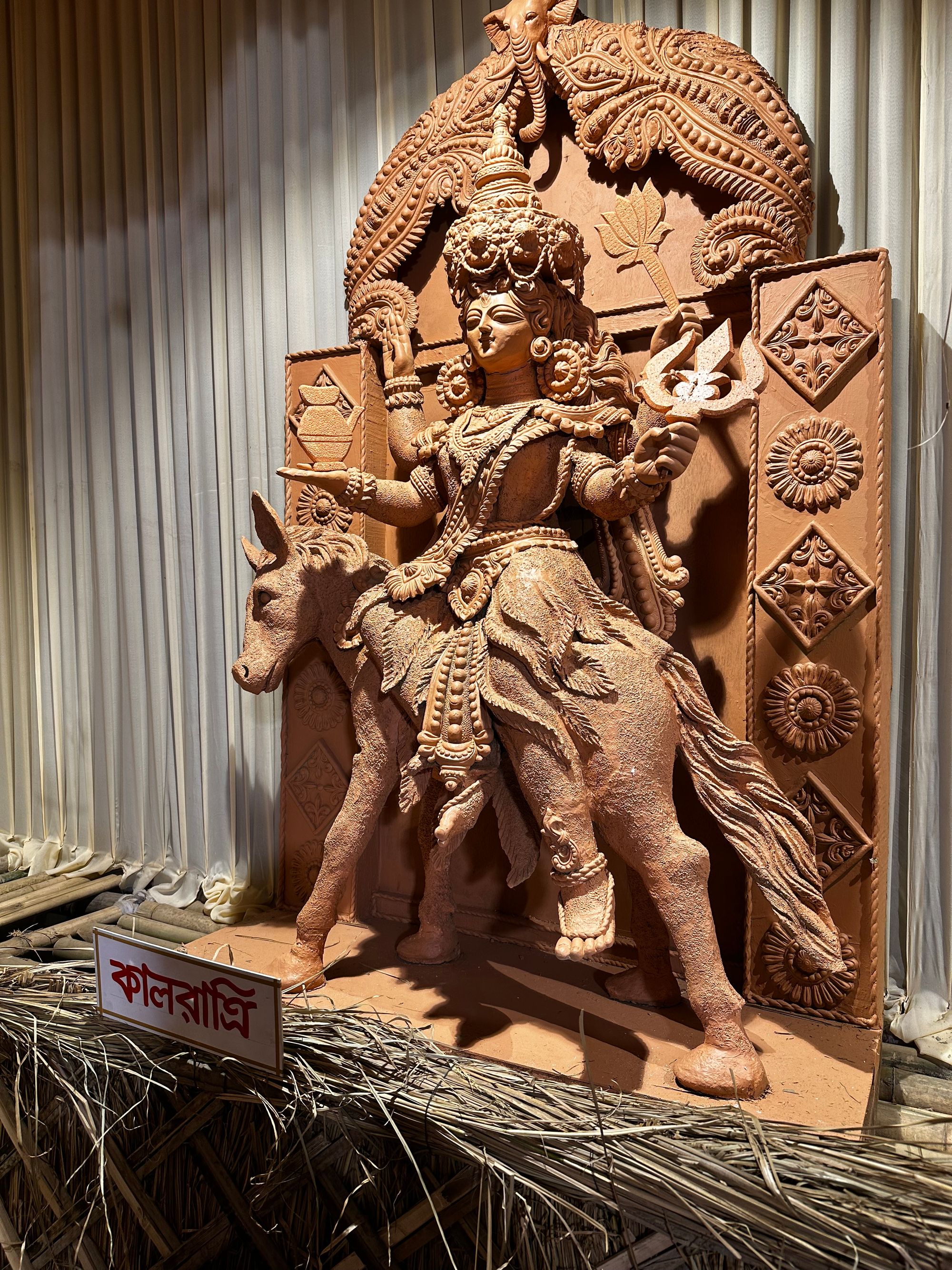
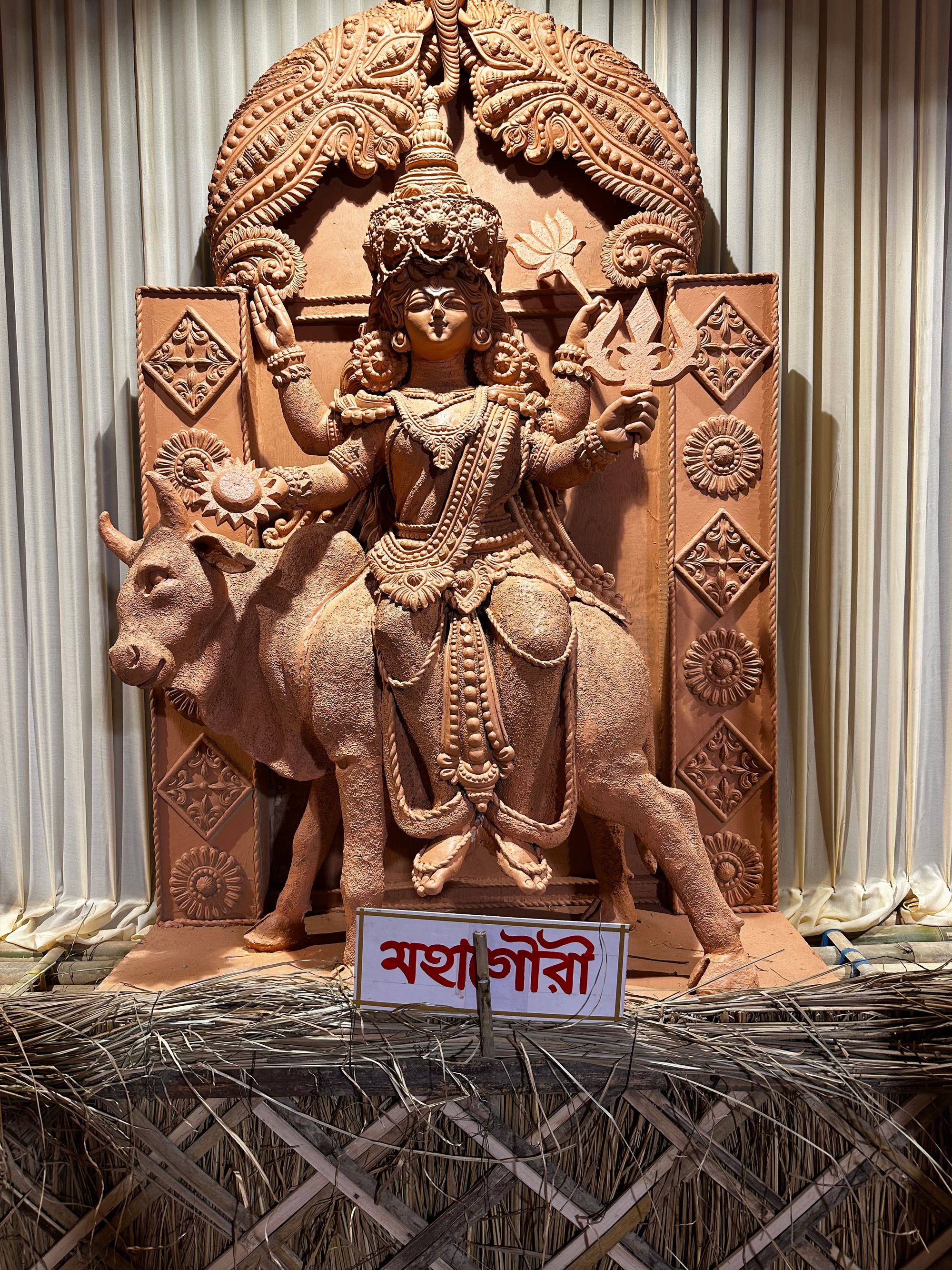
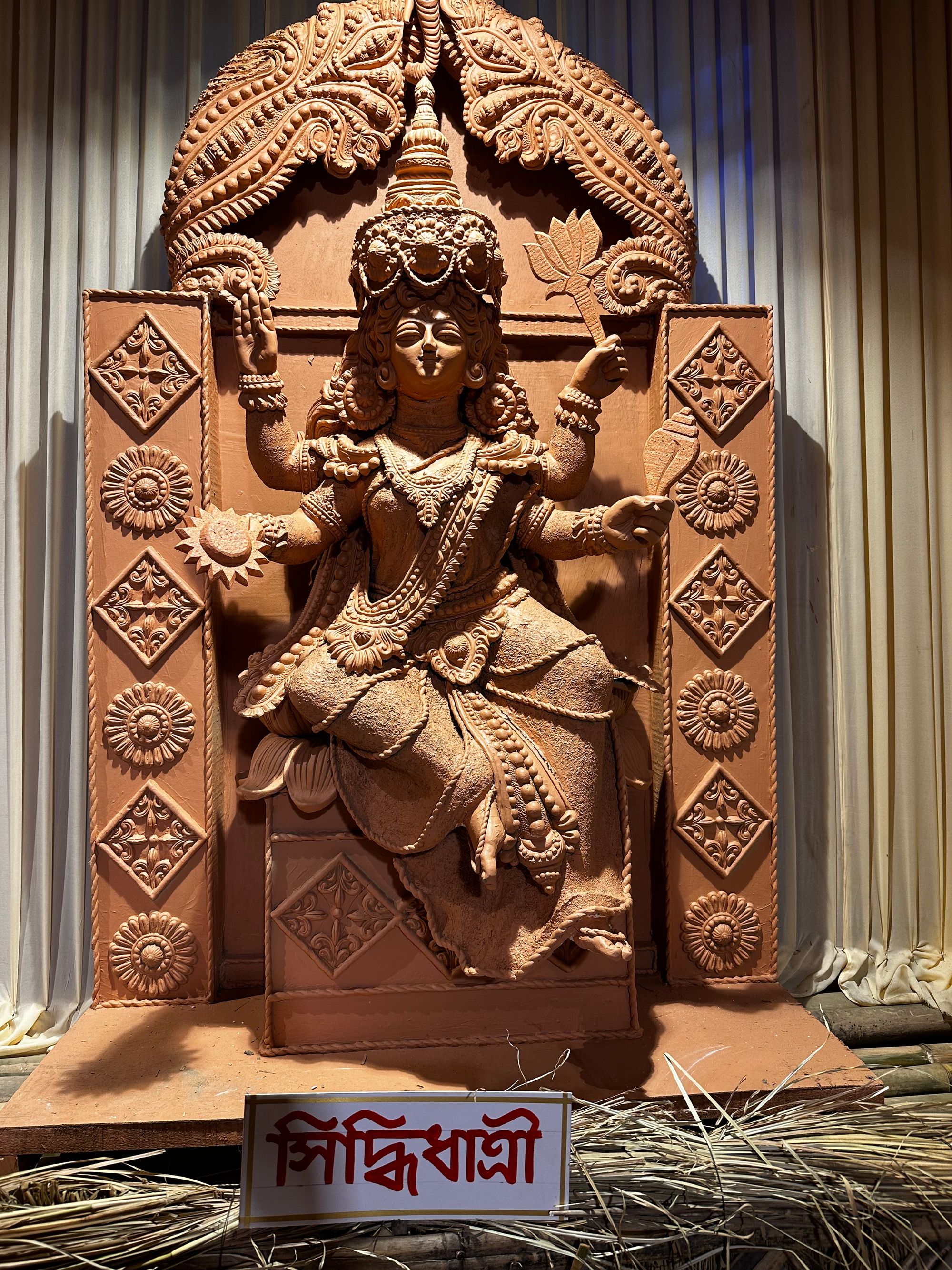

Not only did ChatGPT elucidate widely recognised cultural practices, but it also shed light on lesser-known traditions observed in smaller communities, details of which are often elusive even on popular search engines like Google.
The Visual Aid of ChatGPT: Decoding the Fabricated Big Ben
The capabilities of language models have always been commendable, but the introduction of ChatGPT's vision model takes this prowess a notch higher. On one of my adventures, my friends and I chanced upon a replica of the iconic Big Ben. Naturally, they were intrigued and sought to know its history.
Instead of delving into a sea of text or searching through countless web pages, I turned to ChatGPT's vision model. By merely feeding it an image of the structure, it promptly and accurately relayed the rich history and significance of the Big Ben. This real-time visual interpretation not only saved time but also enriched our experience, proving that the combination of visual and textual data can create a holistic understanding. Such advancements underscore the evolution of technology and its ever-growing role in bridging knowledge gaps.

Why Large Language Models Matter
- Instant Access to Information: With language models, you can gain access to vast amounts of information in a matter of seconds. Traditional research methods would involve navigating through multiple websites, books, or asking locals – all of which could be time-consuming.
- Personalized Learning: One can ask specific questions and get detailed answers tailored to their level of understanding. For instance, if you're a novice about a certain culture, the model can break down complex traditions into simpler terms.
- Bridging Language Barriers: ChatGPT and similar models can provide translations or explain cultural idioms and phrases that might otherwise be lost in translation.
- Facilitating Discussions: Beyond just giving information, these models can be platforms for open discussions about cultural nuances, biases, and differences, promoting a more inclusive world view.
Fostering National Integration through Technology
In countries as vast and diverse as India, the role of technology in fostering unity cannot be understated. Just seven decades ago, the nation's fabric was patchworked by not only caste divisions but also deep cultural divides. States were demarcated based on linguistic and cultural identities. Yet, the winds of change, powered by technology, have been sweeping across the nation, knitting its diverse populace closer than ever before.
I recall my younger days in Delhi, where savoring South Indian delicacies like masala dosa was a rare treat, almost a luxury. Fast forward to today, and these dishes have become a beloved staple in the Northern regions, enjoyed and relished by many. Likewise, the Southern states have embraced Bollywood's Hindi rhythm and beats echoing in households and street corners. Technology like TV via films had made it possible to reach every household and change the behavior. In a space of 50 yards, I was able to see Bengali and Assamese people dancing to Punjabi song, having Masala Dosa (South Indian delicacy) and a fabricated structure resembling iconic Indian and non-Indian buildings.
A group dancing to the tunes of "Lungi Dance" (Bollywood song) during DurgaPuja celebration. Such Hindi songs in non-hindi speaking state would have been a rarity 50 years ago. [Video filtered using replicate]
Large language models and similar technological marvels promise to take this integration to even more profound depths. They not only serve as repositories of diverse cultural knowledge but also as platforms where differences and nuances can be learnt. By offering insights into various traditions, customs, and histories, they help in breaking down misconceptions and fostering mutual respect.
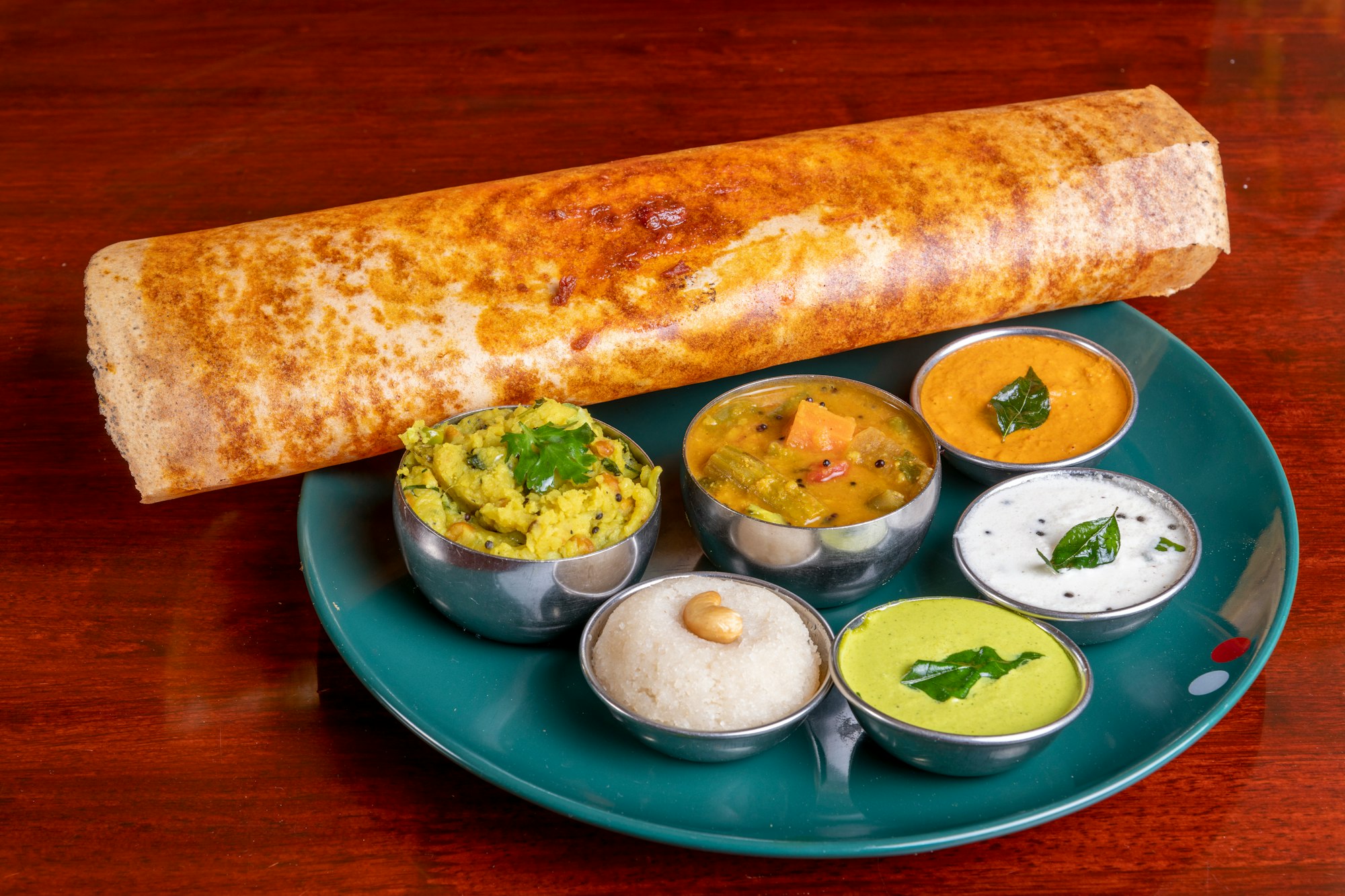
In essence, as technology continues to bridge geographical and cultural distances, India's rich tapestry of traditions will only grow more vibrant and harmonious, illustrating the true spirit of "Unity in Diversity."
Navigating the Known and the Unknown: The Role of Technology in Cultural Understanding
Donald Rumsfeld, in a different context, famously stated the existence of "known knowns, known unknowns, and unknown unknowns." While he wasn't referring to human understanding and cultural perceptions, his framework is surprisingly relevant.
Let's dissect this a bit:
- Known Knowns: This is where our traditional education system largely operates. It provides structured knowledge, reinforcing what we already recognize and are familiar with. It's the surface-level understanding, the information we're already comfortable with.
- Known Unknowns: This domain is more intricate. It's the realm of things we're aware we don't comprehend. We can further categorize this into:
- Known-Unknown with a Desire to Learn: This is the sphere of curiosity, where the thirst for knowledge thrives. It's where one acknowledges their ignorance but has the eagerness to bridge that gap.
- Known-Unknown with a Lack of Desire: This can be considered the danger zone, particularly when it comes to cultural understanding. Here lies the potential for phobias or biases. It's the acknowledgment of a gap in knowledge combined with a disinterest or even aversion to filling it. In a multiracial or multicultural society, the latter category can be particularly perilous. It's where misunderstandings can morph into unfounded phobias, simply because one is aware of their ignorance about another culture but has no inclination to correct it. This is where prejudices can breed.
https://www.sciencedirect.com/science/article/pii/S0191886923001332


However, with powerful tools like large language models at our disposal, we have an unprecedented opportunity to shift the balance. By making vast amounts of cultural information accessible and easily digestible, technology can spark curiosity in those teetering on the edge between wanting to understand and succumbing to biases.
- Unknown Unknowns: Venturing into the domain of "unknown unknowns" brings us face to face with aspects we aren't even aware we lack knowledge of. These are the blind spots in our understanding, the cultural nuances or facets we don't even realize exist. Such areas can lead to inadvertent misunderstandings or misconceptions. However, with technology, especially large language models, we can uncover and shine a light on these dark corners of our knowledge. As these models provide insights and context beyond our immediate questions, they expose us to facts and perspectives we might not have actively sought out. Thus, they serve as a bridge, not just to fill the gaps in our known knowledge but also to uncover layers of understanding we didn't even know we were missing.

By pushing more people into the realm of "Known-Unknown with a Desire to Learn", we can hope to reduce cultural phobias and foster a society that is both informed and empathetic. The potential for technology to not just inform but also shape perceptions is vast and should be harnessed for the collective good.

Navigating the Double-Edged Sword of Technology
While language models like ChatGPT have the power to greatly expand our understanding of cultures, they aren't without potential pitfalls. A major concern is the risk of perpetuating misinformation. Just as these models can educate, they can also inadvertently spread inaccuracies or generalizations. This is often referred to as "hallucinations" in the context of artificial intelligence, where the model might produce information that isn’t entirely accurate or is based on biased data.
Misinformation, especially when dealing with intricate cultural details, can further widen the gap of misunderstanding. If one relies solely on these models without cross-referencing or consulting multiple sources, they risk forming skewed perceptions. The line between curiosity and cultural phobia can be thin, and misinformation, even if unintentional, can push individuals towards the latter.
Moreover, while technology seeks to bridge understanding, it should not be the sole mediator of cultural knowledge. Personal interactions, lived experiences, and direct engagement with cultural artifacts and traditions provide depth and nuance that a model might miss.
It’s vital for users to approach these tools with a blend of enthusiasm and caution, constantly cross-checking, questioning, and seeking out diverse sources of information. In the balance between curiosity and phobia, we must ensure that our quest for understanding is grounded in authenticity and respect, and not inadvertently led astray by the very tools that promise enlightenment.
The Road Ahead
While ChatGPT and similar tools offer a promising path towards cultural understanding, it's essential to remember they should complement, not replace, personal interactions and experiences. Engaging with locals, participating in rituals, and tasting the food are irreplaceable aspects of cultural immersion.
However, as technology like this becomes more integrated into our daily lives, the dream of a world where cultural boundaries are blurred, and understanding is fostered, seems not just possible but inevitable. Whether you're trying to understand the depth of the Durga Puja or the intricacies of a Maori Haka, language models can be the bridge to a richer, more comprehensive understanding of the world's beautiful mosaic of cultures.
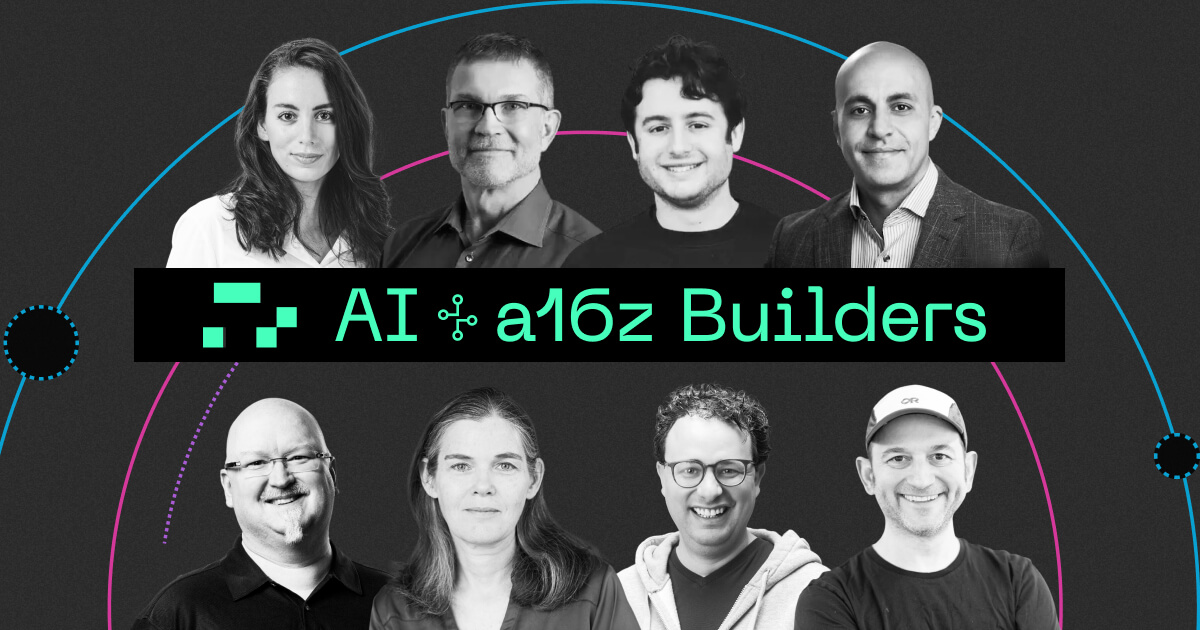
[PS: A part of the above is written and rewritten by ChatGPT. Now Maori Haka was "unknown-unknown" to me and is now "known-unknown". I do have the curiosity to more about it and hence will become "known-known" soon]












